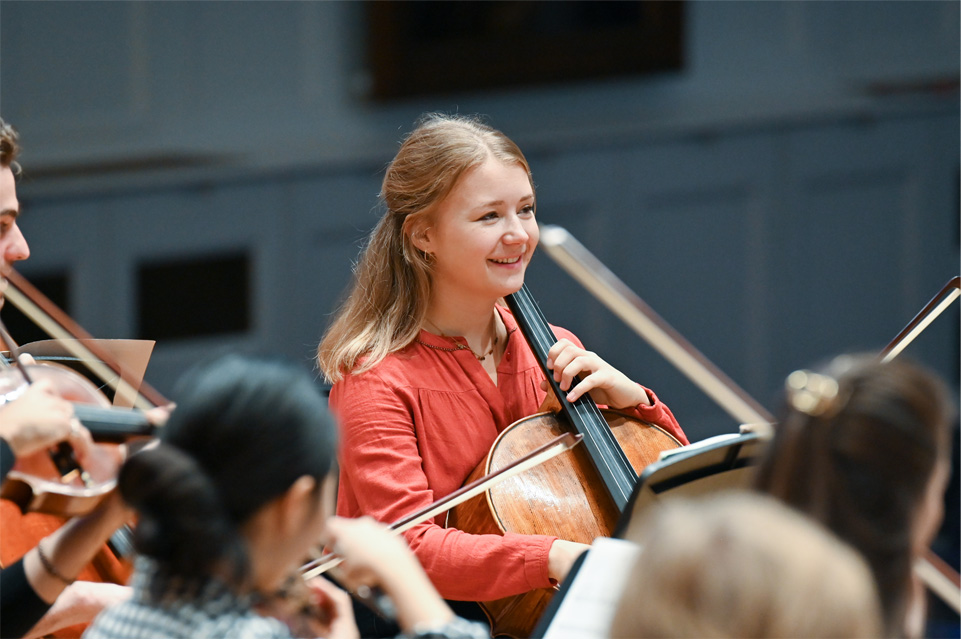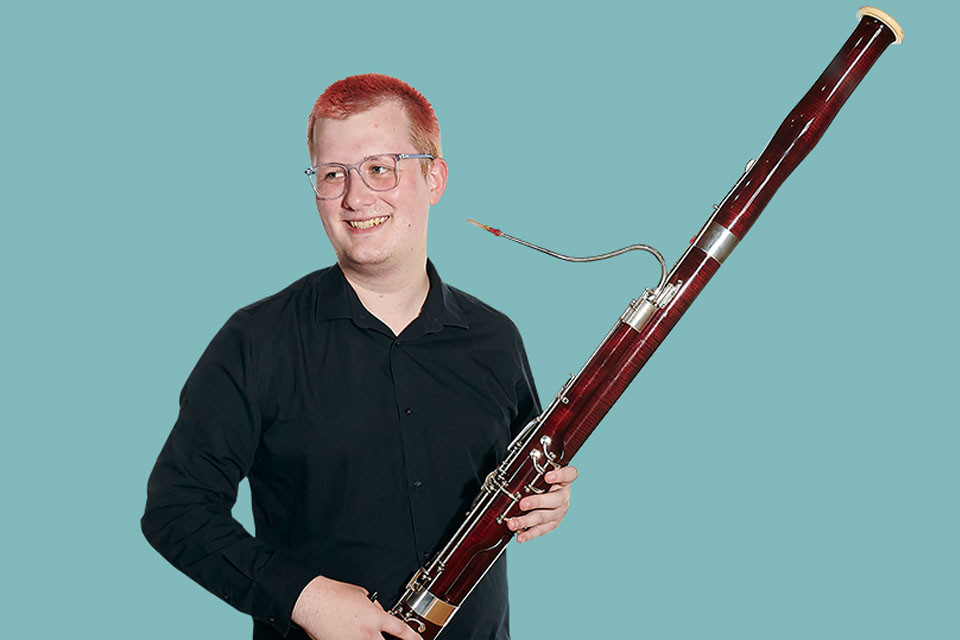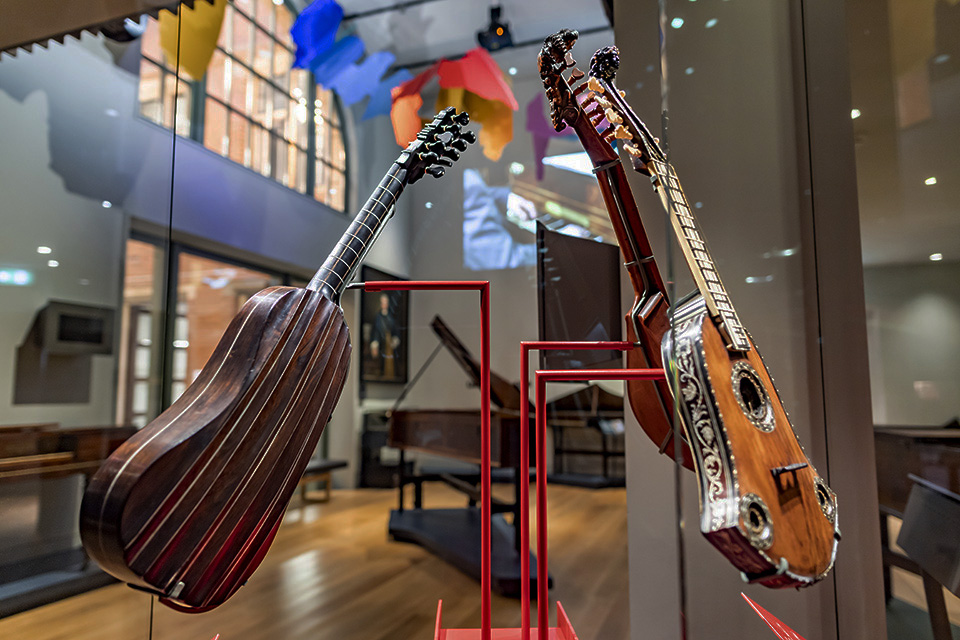Author: Beth Snyder
It is difficult to imagine a 20th-century composer more shaped by travel and movement than Mátyás Seiber (1905-1960). As a result, Seiber’s is a musical creativity that resists explanation according to national categories and narratives of rootedness. He was a polyglot, both musically and linguistically, who demonstrated mastery of a variety of musical styles. And it is largely due to his musical multi-lingualism and mobility that his work has been unjustly neglected.
That said, many who personally encountered Seiber here recognized his remarkable impact on British musical culture. Composer Reginald Smith Brindle, for instance, has claimed that, ‘If any man heaved up this country out of the double ruts of neoclassicism and nationalism, it was Seiber. He was pioneer, innovator and teacher, all rolled into one.’1
Mátyás Seiber’s legacy was fêted here in Great Britain in 2005 with celebrations surrounding the centenary of the composer’s birth, which involved concerts at Morley College, Leighton House and the Hungarian Culture Centre. With the ‘Music, Migration and Mobility’ project we seek to continue and expand upon that earlier work, assisted by the generous contribution of the composer’s daughter, Julia Seiber-Boyd, who has guided our research and provided invaluable materials pertaining to her father’s musical career. We began this work of re-considering Seiber’s musical creativity with a concert of his chamber music performed by talented student musicians of the Royal College of Music, entitled ‘Mátyás Seiber: Traveler Between Worlds,’ and will continue to explore his legacy in future project outputs. Stay tuned.




















